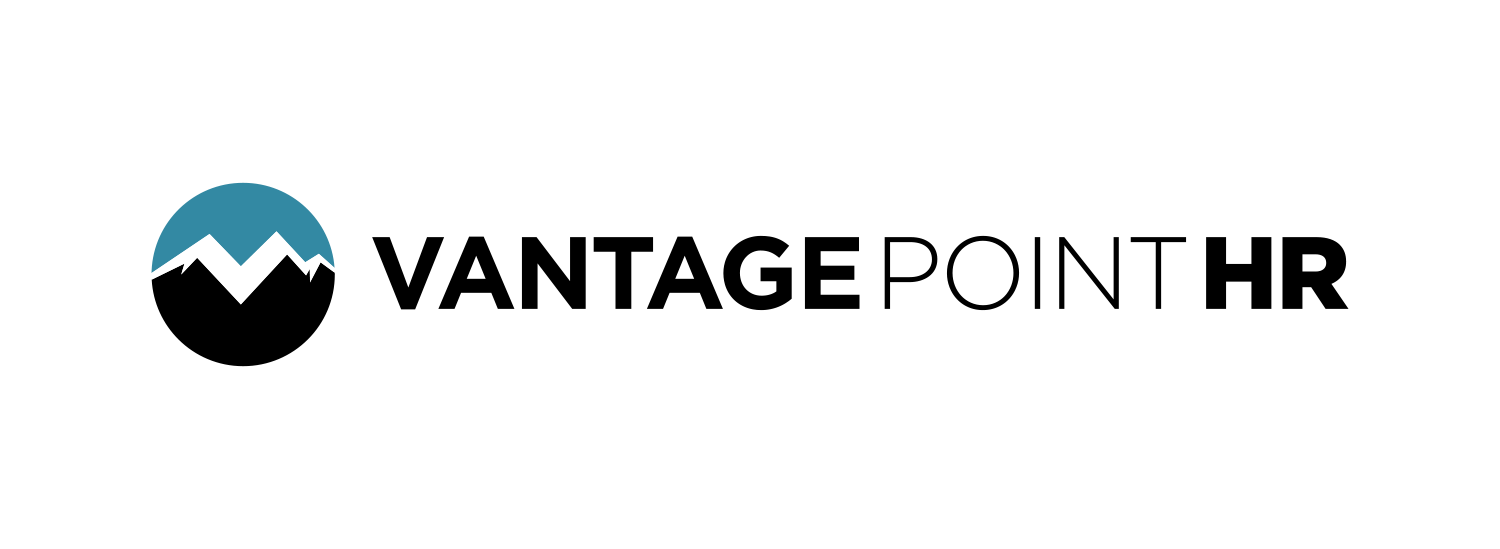Workplace and life challenges – from the outside in
Most employers don’t know the true costs of lost productivity and revenue due to misconduct. Issues that arise in your workplace tie back to your statutory obligations, like sick leave. Even if you think it’s not your problem, it’s your problem. If you knew that you had some legal obligations to accommodate their situation, and you didn’t act on it, you are inviting repercussions and the employee can redirect their issues to you and your company. This leaves you open to exposure. Why is this important? So much is happening beneath the surface, but you just can’t see it.
The influences of workplace dysfunction are many and include personal issues with relationships, finances, health challenges, aging parents, domestic violence, homelessness, divorce, child custody, and hunger. These problems are carried into the workplace every day. People’s lives are what they are, and people make bad decisions too. Sometimes, your employees are making a lot of money, but they could end up in an overwhelming financial situation. All these decisions will affect their productivity in your workplace. While it’s not your job to solve their problems, engaging positively right away may reduce disruption.
The newest service to emerge in ethics and compliance, to engage employees and get reports on problems before they get out of hand is called an Ethics hotline, HR helpline, or HR hotline. These external services are your best way to learn about what’s really happening with your workforce and avert problems before they get out of hand. Here’s what’s being reported nationally and how much it’s costing companies like yours:
Rampant employee problems and lost revenue
Substance Abuse Statistics
Substance abuse and addiction cost US businesses a small fortune, with more than $740 billion annually in lost workplace productivity, healthcare expenses, and crime-related costs. An altered state of mind and impaired judgment on the job is of particular threat to a company’s safety, and depending on the type of work, can be very dangerous. Yet, the number of people who are struggling with addiction and substance abuse is very high.
According to a 2017 National Survey on Drug Use and Health (NSDUH):
- 19.7 million American adults ages 12+ battled a substance use disorder
- Nearly 2/3 of adults suffering from substance abuse also struggled with alcohol abuse
- Nearly 40% of adults battled an illicit drug use
- 1 out 8 adults struggled with both alcohol and drug use
- 8.5 million American adults suffered from both a mental health disorder and a substance abuse
A company can’t assume that an employee with a substance abuse disorder will come forward, but other employees may anonymously be willing to say something out of concern if a method works for them. It’s very important that they understand a helpline is a safe place to report their concern. Making sure you have a solid drug policy in place and enlisting the help of a professional to understand your legal obligations is also wise. Think ahead about what your company is willing to do for an employee who wants to get help too. A professional HR consultant can help you find the right options for your company.
Domestic Violence Statistics
Intimate Partner Violence, or IPV, affects millions of people in the United States each year. About 11 million women and 5 million men reported experiencing sexual violence, physical violence, or stalking by an intimate partner. Often, these issues began before the age of 18 and will often continue through their lifespan.
Data from CDC’s National Intimate Partner and Sexual Violence Survey (NISVS) indicate:
- About 1 in 4 women and nearly 1 in 10 men have experienced contact sexual violence, physical violence, and/or stalking by an intimate partner during their lifetime and reported some form of IPV-related impact
- Over 43 million women and 38 million men have experienced psychological aggression by an intimate partner in their lifetime.
If people do not feel safe, at work or home, and are experiencing physical violence, they may want help, but don’t have a place to turn. Helplines and hotlines can also provide guidance for these individuals too. It’s best to evaluate the role the company wants to play and how you’ll provide support beyond your legal obligations. Explore the options that are aligned with your core values and discuss the costs of programs with your HR hotline representative.
Theft, Fraud & Embezzlement
White-collar crime is prevalent, but you never think it will happen to you. Often, employees who embezzle are trusted members of a company’s team, considered family, or actually are family members. This can be quite devastating news for companies of any size, but small to midsize businesses are disproportionately targeted and represent nearly 70% of all cases.
Employee theft is costing U.S. businesses roughly $50 billion annually too, according to Statistic Brain. A more granular breakdown from a study by Hiscox, a global specialist insurer reported, in 2016, U.S. businesses lost an average of $1.13 million to theft. Small and midsize businesses experienced a median loss of $289,864. Using public data, Hiscox also assessed over 400 cases and discovered funds theft represented roughly 33% of all cases, and check fraud followed with over 20% of all cases. And 70% percent of all check fraud occurred at companies with fewer than 100 employees.
What do industry experts say about HR Hotlines and how can they help your business?
In a Feb 26, 2020 article from SHRM, the world’s largest professional society dedicated to serving human resource professionals, the author states helplines are a must for every organization because they promote an ethical culture. By offering employees a convenient and anonymous way to report wrongdoing you are fostering honesty and accountability. It shows employees that business leaders care, and truly want to hear from them.
Communication is key to an effective compliance program
According to the US Department of Health and Human Services, Office of Inspector General’s Compliance Program, developing effective lines of communication is one of the fundamental elements of an effective compliance program.
Gaps in workplace communication are high risk for nearly every organization
A 2019 study from Gartner research, found that nearly 60% of all workplace misconduct is never reported. This should cause alarm and drive action at the highest levels of many organizations. And having a helpline alone is not enough – at least 1 in 3 employees do not know whether their company has provided any way to anonymously report improprieties or seek guidance. This means that nearly every business is facing serious regulatory and compliance risks that are completely hidden. Clear examples of these consequences were seen throughout 2018 with fierce attention on misconduct scandals ranging from data breaches to conflicts of interest, to sexual harassment. Activist pressure from consumers, employees, and the media has now created even more urgency for investing in compliance and ethics.
Ready to learn how your company can implement a complaint and ethical HR helpline? Learn more.
Sources
https://www.gartner.com/en/newsroom/press-releases/2019-03-12-gartner-says-just-41-percent-of-workplace-misconduct-is-reported
https://americanaddictioncenters.org/rehab-guide/addiction-statistics
https://www.cdc.gov/violenceprevention/intimatepartnerviolence/fastfact.html
Bureau of Justice Statistics (BJS) – Contacts Between Police and the Public, 2015
https://www.cnbc.com/2017/09/12/workplace-crime-costs-us-businesses-50-billion-a-year.html
A source in all cases on this topic: ACFE.com
Click to access 2018-RTTN-Key-Findings.pdf
Results of what happens when you have hotlines: https://www.acfe.com/uploadedFiles/ACFE_Website/Content/rttn/2018/Hotlines-and-Reporting-Mechanisms.pdf
Fraud Impact in small business: https://www.acfe.com/uploadedFiles/ACFE_Website/Content/rttn/2018/Fraud-in-Small-Business.pdf







